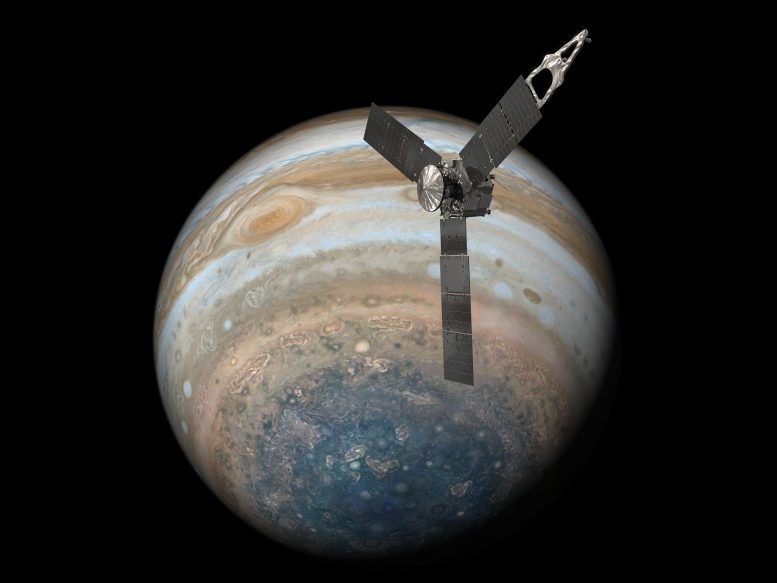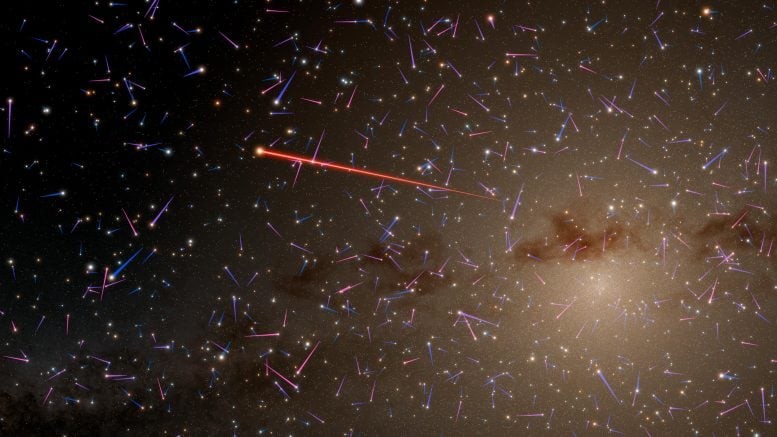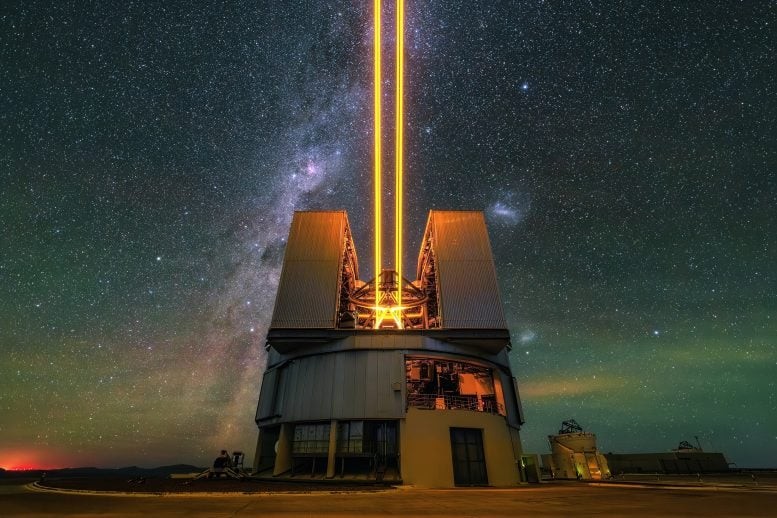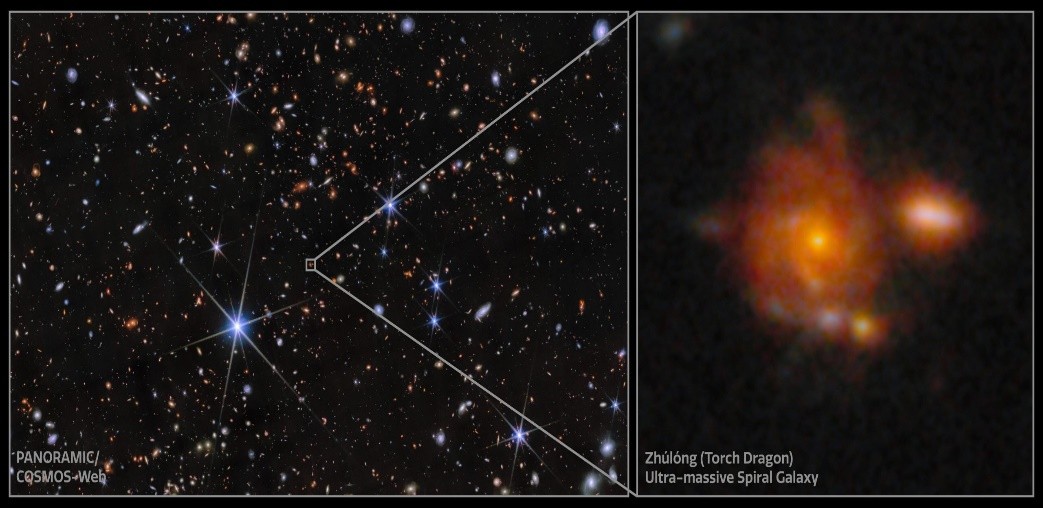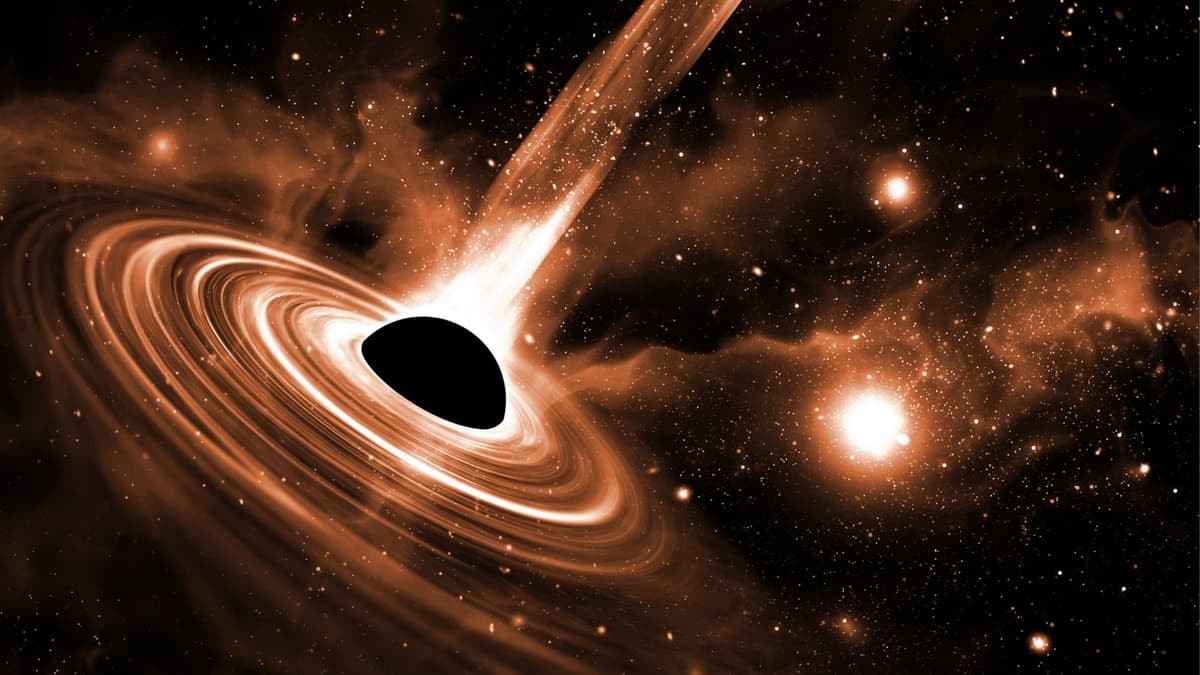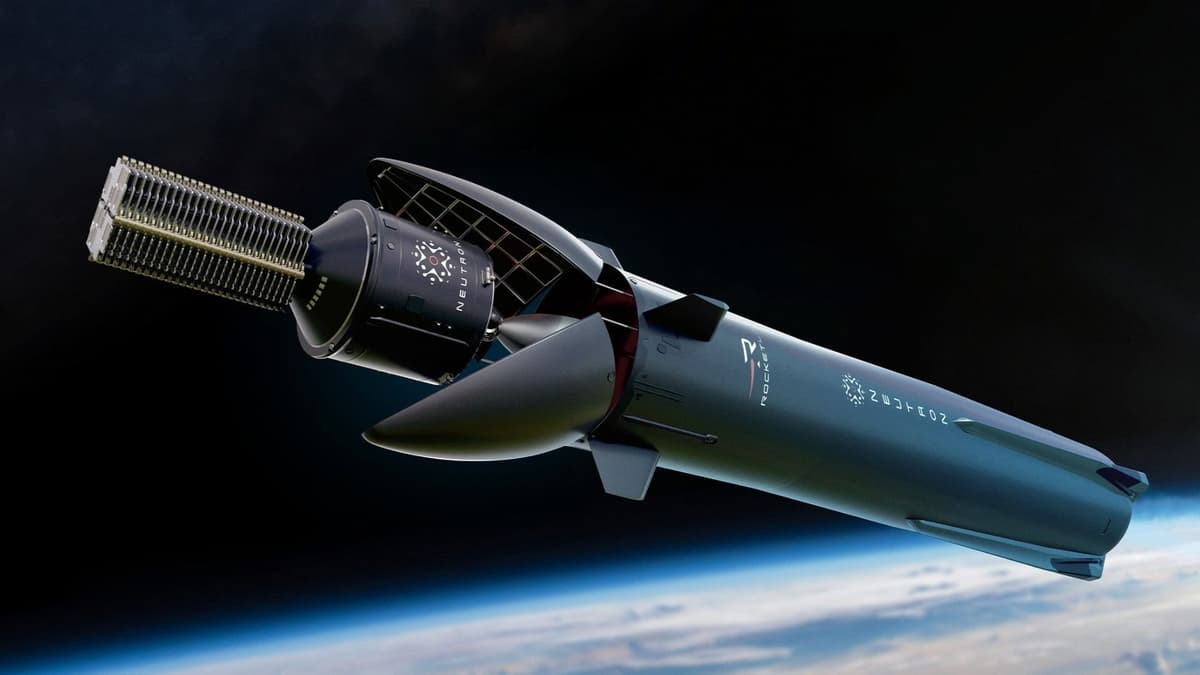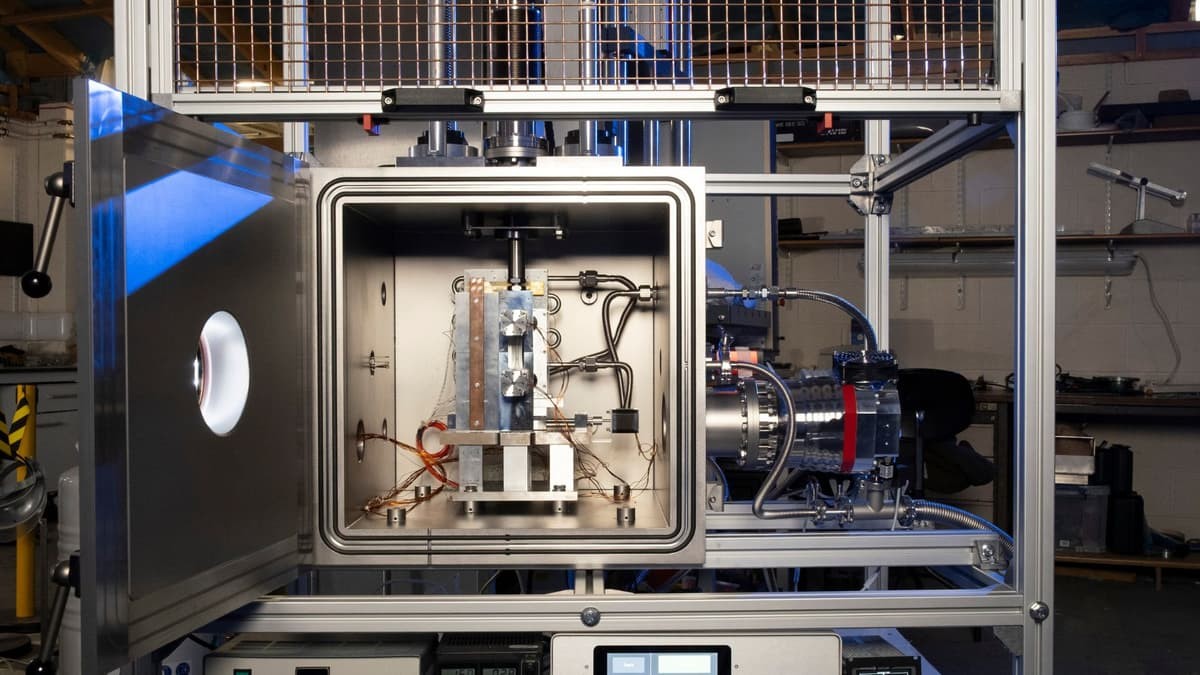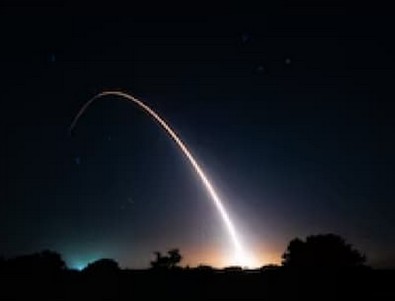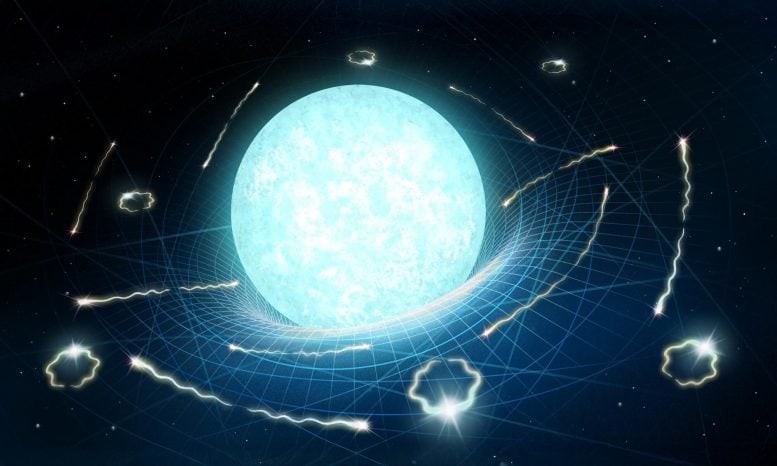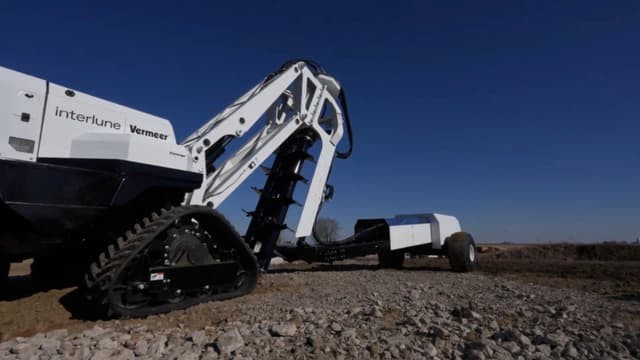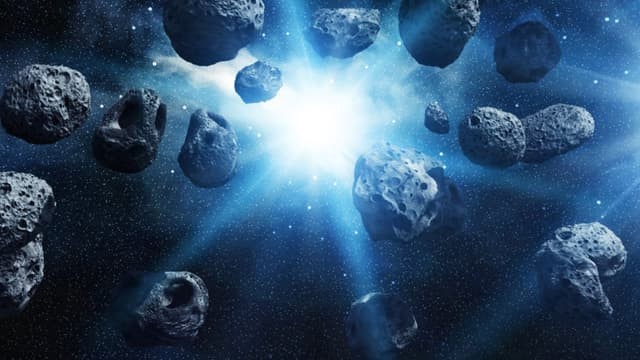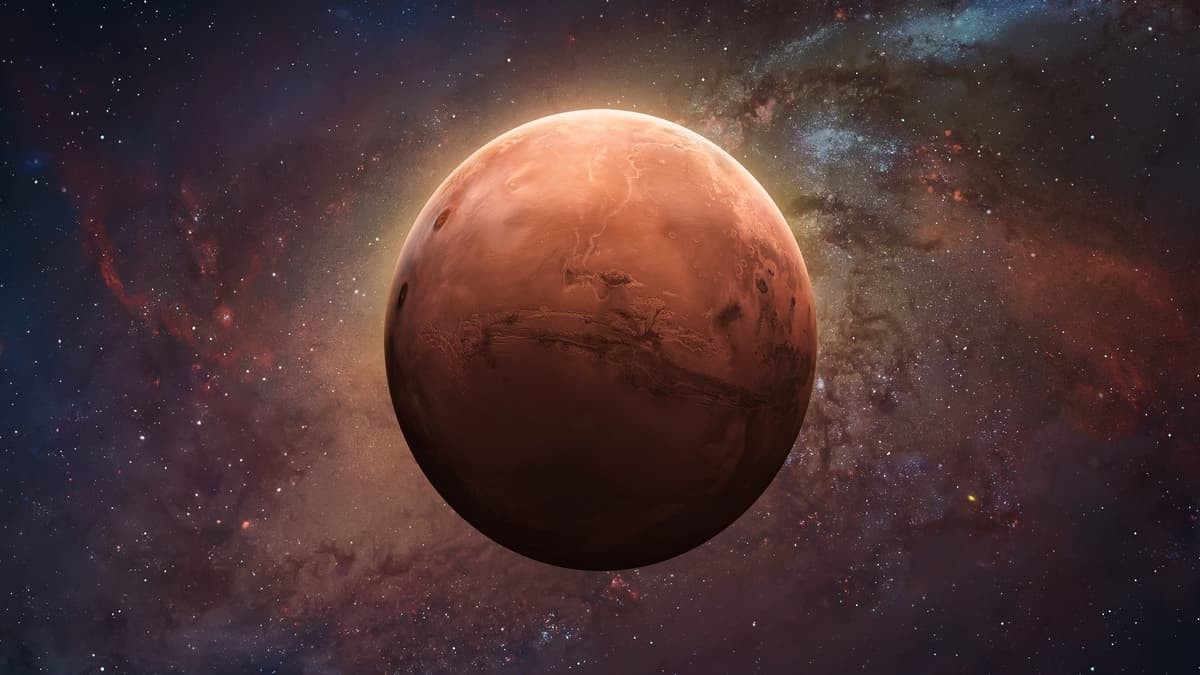Nuclear Propulsion Milestone: U.S. Scientists Develop Molten Uranium Engine to Accelerate Space Missions
Researchers from the University of Alabama in Huntsville and The Ohio State University have made significant strides in developing a Centrifugal Nuclear Thermal Rocket (CNTR) — a groundbreaking propulsion system powered by liquid uranium. Unlike traditional nuclear thermal propulsion (NTP) systems that rely on solid fuel, the CNTR concept uses molten uranium, which allows for direct heating of propellant and could dramatically improve efficiency.
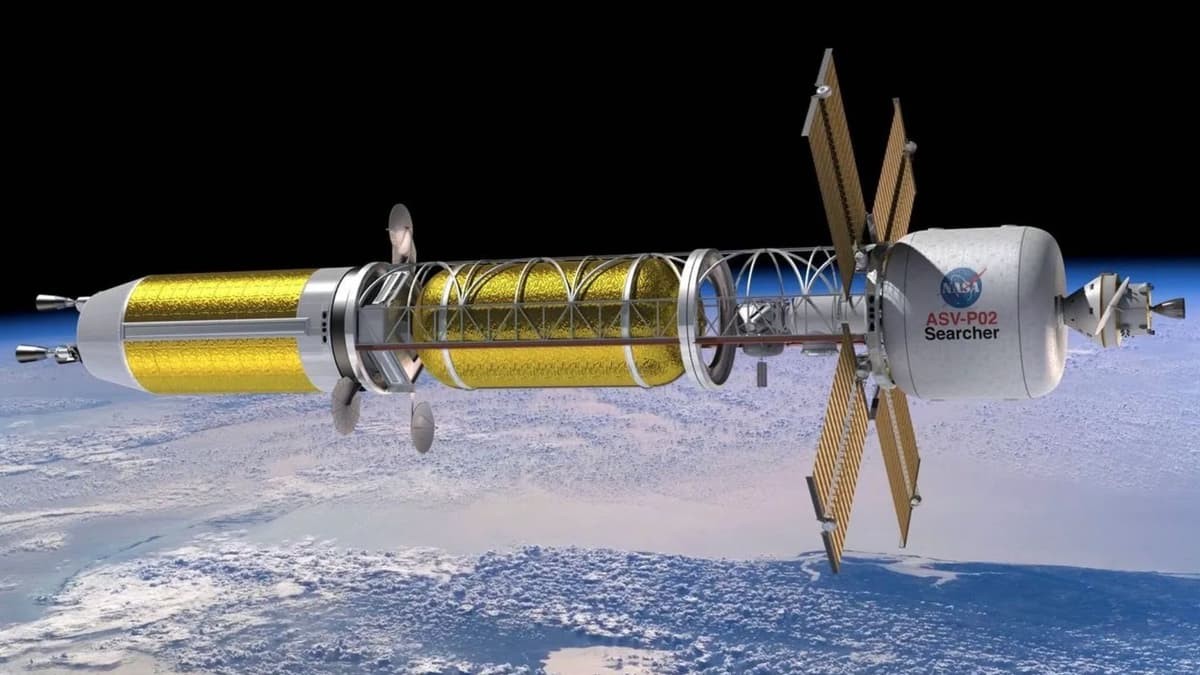
Figure 1. Molten Uranium Engine.
While chemical rockets remain the current standard for space travel, they are limited in efficiency. NASA’s solid-core DRACO Program aims for a specific impulse of around 900 seconds — double that of chemical rockets but still far short of more advanced propulsion technologies. Figure 1 Molten Uranium Engine.
The CNTR, however, is projected to reach a specific impulse of approximately 1,500 seconds, nearly doubling the efficiency of even the most advanced NTP systems. In this design, molten uranium is spun at high speeds inside a centrifuge. Hydrogen gas is bubbled through the superheated liquid and expelled through a nozzle, generating powerful thrust.
“This concept departs from traditional NTP systems by replacing solid fuel rods with liquid uranium, contained within rotating cylinders through centrifugal force,” the researchers explained.
Tackling Engineering Challenges
In their latest publication in Acta Astronautica — the fourth in a series — the team outlines several key technical hurdles. Four areas received particular focus in this phase of development:
- Thermal control and reaction stability: To better regulate internal temperatures, researchers are experimenting with the addition of Erbium-167. However, radioactive byproducts like xenon and samarium could interfere with the fission process if not effectively removed.
- Hydrogen bubble dynamics: Experiments using static and rotating testbeds ("Ant Farm" and "BLENDER II") are helping scientists observe how hydrogen behaves inside the rotating molten uranium [1]. BLENDER II uses X-ray imaging to monitor bubble movement in uranium simulants, though modeling this behavior remains complex.
- Performance modeling: Using a genetic algorithm, the team estimated the engine could achieve a specific impulse of 1,512 seconds in ideal conditions. This would require more centrifuges and higher spin rates than originally proposed.
- Preventing fuel loss: One major concern is the potential escape of uranium with the hydrogen exhaust. Losing fuel would drastically cut performance. To combat this, researchers are developing a dielectrophoresis (DEP) system to recover vaporized uranium — aiming for a 99% retention rate.
Next Steps and Outlook
While promising, the CNTR remains in early development. A full-scale prototype is not yet feasible. The next phase will focus on refining uranium recovery techniques and running further tests to validate the DEP concept.
Despite the challenges ahead, the team believes the CNTR holds game-changing potential for space exploration. If successful, it could outperform current nuclear propulsion systems — including NASA’s DRACO mission — and open the door to faster, more efficient deep space travel.
Reference:
- https://interestingengineering.com/space/liquid-uranium-rocket-deep-space-missions
Cite this article:
Keerthana S (2025), Nuclear Propulsion Milestone: U.S. Scientists Develop Molten Uranium Engine to Accelerate Space Missions, AnaTechMaz, pp.390



